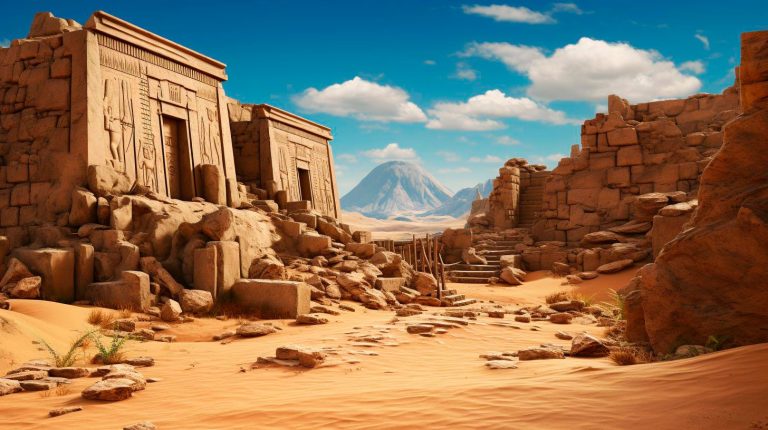In the context of indigenous cultures, the use of photography takes on an even greater significance, serving as a tool to preserve traditions, document history, and promote cultural awareness. This article explores the deep-rooted connection between photography and indigenous cultures, highlighting the unique role images play in preserving and promoting cultural heritage.
The Power of Visual Storytelling
Photography enables indigenous communities to share their stories and traditions with the world. It allows them to document their daily lives, celebrations, rituals, and artistic expressions in a visually compelling manner. By capturing these moments, indigenous photographers and those documenting indigenous cultures through their lenses serve as storytellers, preserving the rich heritage for future generations. The power of visual storytelling lies in its ability to evoke emotions and create a sense of connection, even among individuals from vastly different backgrounds.
Preserving Cultural Heritage
Photography acts as a bridge between past and present, enabling indigenous communities to celebrate and preserve their cultural heritage. By capturing images of ancestral practices, traditional attire, and sacred ceremonies, photographers help to immortalize these aspects of indigenous culture, which might otherwise be lost or forgotten over time. Through the lens of a camera, the essence of indigenous traditions is preserved, fostering a sense of pride among community members and contributing to cultural continuity.
- Key takeaway: Photography plays a vital role in preserving the cultural heritage of indigenous communities, capturing traditions and practices that might otherwise be lost over time.
Fostering Cultural Awareness
An essential aspect of photography’s connection with indigenous cultures is its ability to foster cultural awareness and understanding among wider audiences. As images circulate through various mediums, they can break down stereotypes and misconceptions about indigenous communities. Photography serves as a powerful antidote to cultural appropriation, providing a platform for indigenous voices to be heard and their stories to be shared authentically.
The visual storytelling aspect of photography also opens up opportunities for cross-cultural dialogue, encouraging individuals from different backgrounds to engage in meaningful conversations about heritage, identity, and the preservation of cultural diversity. By creating empathy and curiosity, photography encourages mutual respect and appreciation for indigenous cultures.
- Advantage: Photography breaks down stereotypes and misconceptions, fostering cultural awareness and understanding among diverse audiences.
- Key takeaway: Images serve as a powerful tool for promoting authentic indigenous stories and encouraging cross-cultural dialogue.
Challenges and Opportunities
While photography offers immense opportunities for preserving and promoting indigenous cultures, it also presents unique challenges that need to be addressed. One significant challenge is the issue of consent and ownership. Indigenous communities have long been victims of exploitation, with their images being used without permission or proper attribution. Respecting the ownership and consent of indigenous individuals when photographing their communities is crucial to ensure ethical representation and cultural integrity.
Additonally, limited access to technology and training can also hinder the full potential of photography within indigenous communities. Overcoming these barriers by providing resources, support, and empowering local photographers can help amplify indigenous voices and ensure their images are not just subject to external perspectives but are a true reflection of their own culture and experiences.
- Advantage: Empowering indigenous photographers and ensuring consent and ownership rights promotes ethical representation and cultural integrity.
- Key takeaway: Addressing challenges such as exploitation and limited access to technology can enhance the role of photography within indigenous communities.
In Conclusion
Photography serves as a universal language that allows indigenous cultures to communicate their rich heritage, traditions, and stories to the world. It plays a pivotal role in preserving cultural heritage, fostering cultural awareness, and promoting cross-cultural dialogue. By respecting consent and ownership, providing support and resources, and empowering local photographers, we can ensure that the images captured not only represent the indigenous cultures authentically but also create a lasting impact on audiences around the globe.
- Key takeaway: Photography serves as a powerful medium for bridging the gap between indigenous cultures and the rest of the world, preserving heritage and promoting understanding.
Indigenous cultures have so much wisdom and beauty to offer. Through the lens of photography, we can celebrate and honor their rich traditions, fostering a more inclusive and interconnected global society.























+ There are no comments
Add yours